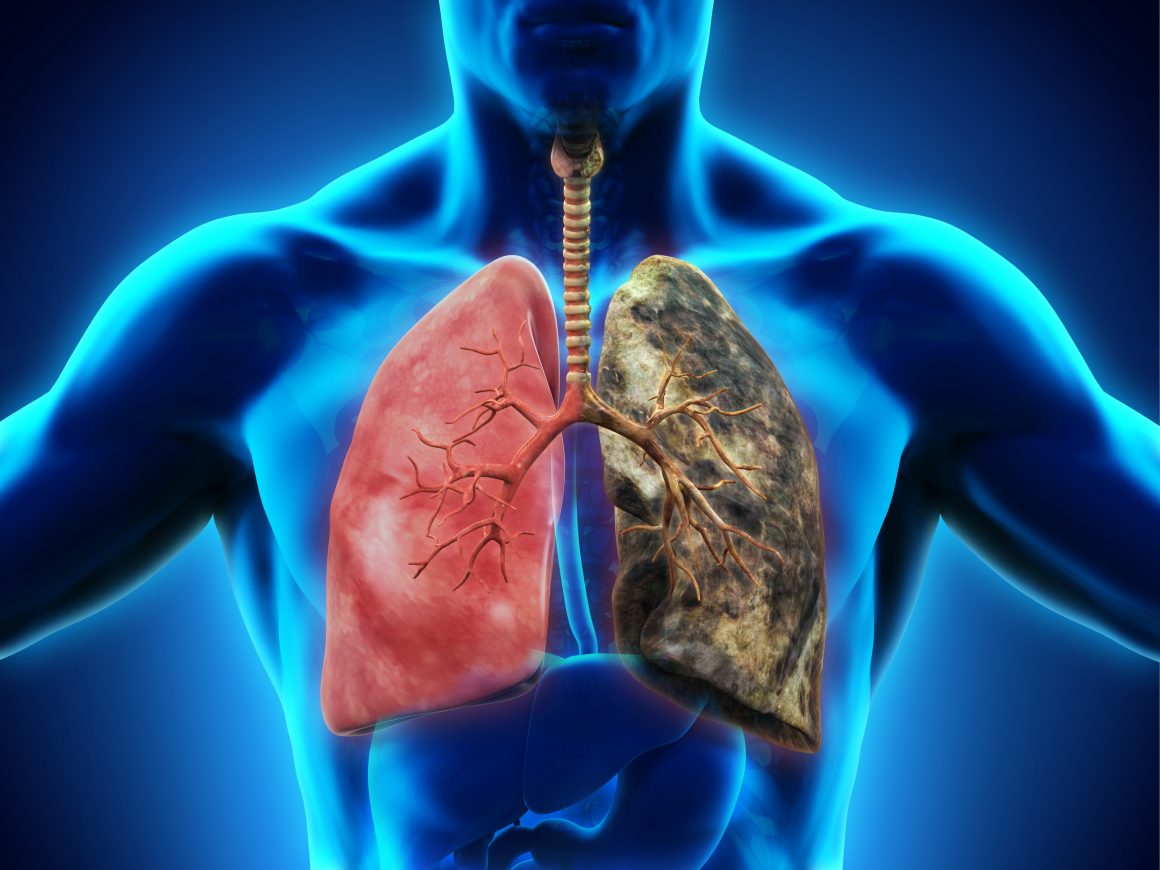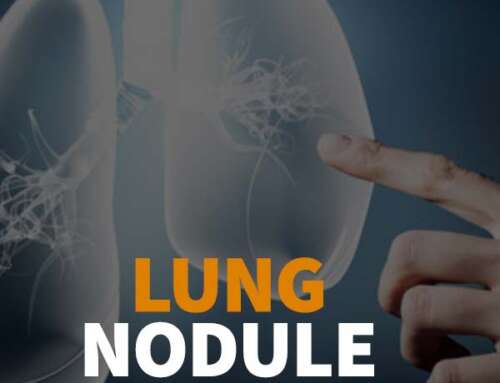Project Description

Fast Facts About Your Lungs
We aim to ensure that our patients understand their own symptoms and feel confident in communicating these with our healthcare providers. As advocates for informed patients, FLASS professionals hope you will take the time to review these fascinating respiratory facts.
Did you know….
- The air surface area inside of the lungs could fill the space of a tennis court at almost 3,000 square feet!
- The left lung has three lobes and the right lung has only two lobes. On the left side, the heart needs to occupy more space.
- Coughing, wheezing, sneezing and filtering are our body’s way of protecting your respiratory system from potentially harmful substances
- Your largest airway, the trachea, is divided into left and right branches called bronchi
- The bronchi is sub-divided into smaller and smaller tubes named bronchioles
- The bronchioles then terminate into minuscule air sacs, called the alveoli
- Your alveoli is a tiny air factory that ceaselessly filters Oxygen into your blood while removing Carbon Dioxide.
- When you exhale, you are breathing out wasted gas. This critical activity is called the gas exchange.
Classifying Lung Diseases: The Big Picture
Lung diseases are divided into two major areas because of the different ways they affect anatomy. A lung disease can either be obstructive or restrictive. The difference are listed below:
Obstructive Lung Diseases
In obstructive lung diseases, a patient will demonstrate a problem exhaling all the air from the lungs. Often this is because the airways are blocked or thin-walled.
Common diseases in this classification include:
- Asthma
- Chronic Obstructive Pulmonary Disease (COPD)
- Cystic fibrosis
- Emphysema
- Bronchiectasis
FLASS explains the importance of timing for proper breathing. Patients with obstructive lung diseases struggle with exhaling air quickly. At the end of exhalation, the lungs still retain residual air. Thus, the patient experiences shortness of breath.
Restrictive Lung Diseases
Restrictive lung diseases are different because they destroy the elastic ability of the lungs to expand. These illnesses also interfere with adequate gas exchange in the blood supply. Thus, the disease denies oxygen to air-hungry cells. Restrictive lung disease patients experience difficulty inhaling.
Examples of restrictive lung diseases include:
- Idiopathic pulmonary fibrosis (IPF)
- Pneumonia
- Sarcoidosis
- Muscular dystrophy
- Amyotrophic lateral sclerosis (ALS)
Types of Lung Diseases
There are various types of lung diseases that can affect a person’s ability to inhale or exhale. Find the various types of lung diseases below:
Asthma
With asthma, the airways constrict and produce swelling and mucus. Coughing, shortness of breath and wheezing can often complicate breathing. Some people struggle with severe asthma attacks, whereas others may see their disease as merely a bothersome distraction.
At FLASS, our asthma patients learn how to identify what specific allergies, infections or pollution cause their breathing problems. This way, patients can learn how to proactively avoid triggers that may lead to severe asthma attacks.
Chronic Obstructive Pulmonary Disease (COPD)
COPD occurs when the airflow in the lung is obstructed, thus interfering with normal breathing. Modern medicine includes chronic bronchitis and emphysema as sub-types of COPD.
If you are a smoker, we want you to remember that you are joining a high-risk group for this condition. Whether you are an avid cigarette smoker, or if you just have a few once in a while, smoking is still the prime cause of this disease.
Acute Bronchitis
Typically caused by a virus, acute bronchitis irritates and inflames the delicate breathing tubes. Acid reflux, bacterial infection or a chemical irritant can also cause this illness.
Cystic Fibrosis
Cystic fibrosis is a hereditary disease. In fact, a defective gene directly causes mucus, sweat and digestive juices to grow sticky and thick. These secretions clog the tubular passages that allow for good lung function, making it difficult to breath.
Types of Lung Cancer
With lung cancer, a tumor or several tumors are present within the lungs. The invasion of a foreign tumor forces the healthy body cells to produce rogue cells. The rogues take control over the normal cells and organs.
The two major types of tumors created by lung cancer:
Non-small Cell Lung Cancer
80-85 percent of all lung cancer diagnoses fit into this category. Likewise, this is the most common type of lung tumor. It grows more slowly than other lung cancers. The three kinds of non-small cell lung cancer include:
- Squamous cell carcinoma
- Adenocarcinoma
- Huge cell carcinoma
Small Cell Lung Cancer
Also called “oat-cell cancer”, small cell lung cancer is a less familiar division of lung cancer tumor. Less than 20 percent of lung cancer tumors fall into this category. This kind of lung cancer grows faster than the non-small cell lung cancer, and it is faster to invade other parts of the body. Small cell cancer falls into four sub-groups:
- Combined small cell carcinoma
- Small cell carcinoma (the oat cell type)
- Blended smaller cell/substantial cell
- Consolidated smaller cell carcinoma
A Special Note to Our Lung Disease Patients
Please remember: lung disease doesn’t play favorites. It strikes people of all ages and genders. It attacks smokers, past-smokers, and people who have never picked up a cigarette. FLASS encourages you to be proactive in your lung health.
If you are having difficulty breathing, we advise you to contact your physician or healthcare provider immediately. Please do not be too afraid or too busy to search for an early diagnosis of a treatable condition.
“Breath is Spirit. The act of breathing is living.” ~Author Unknown





